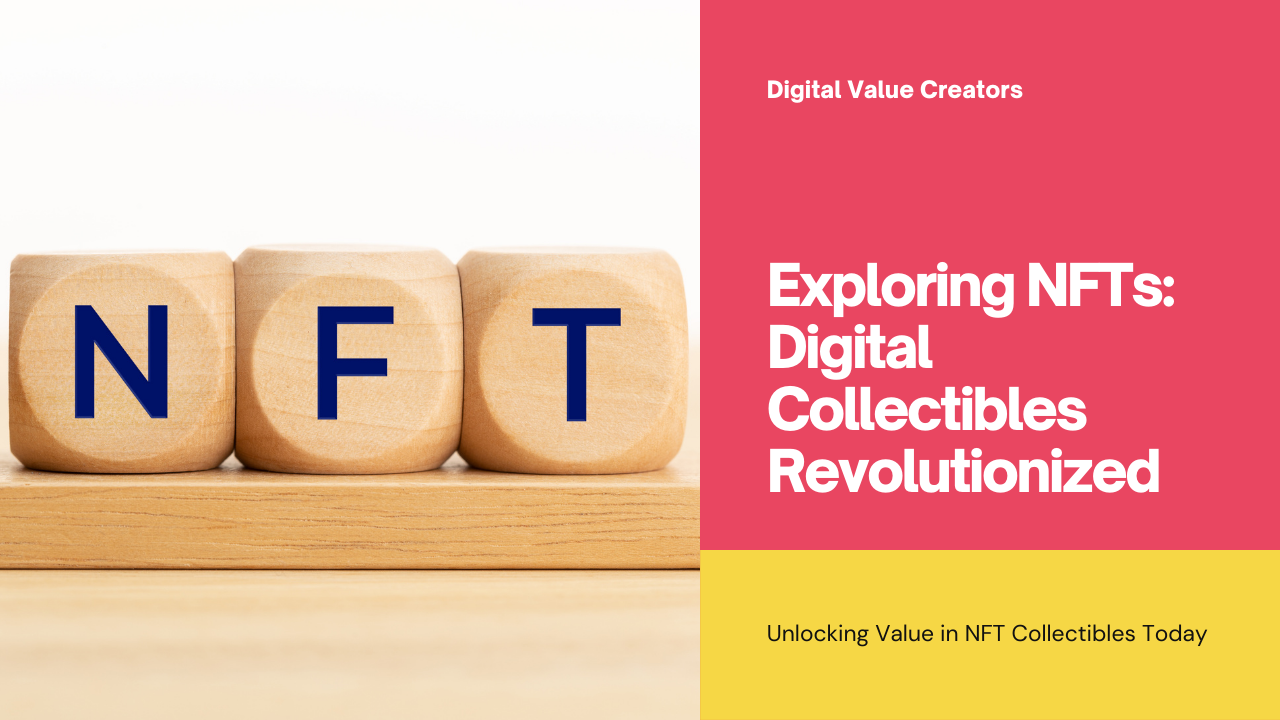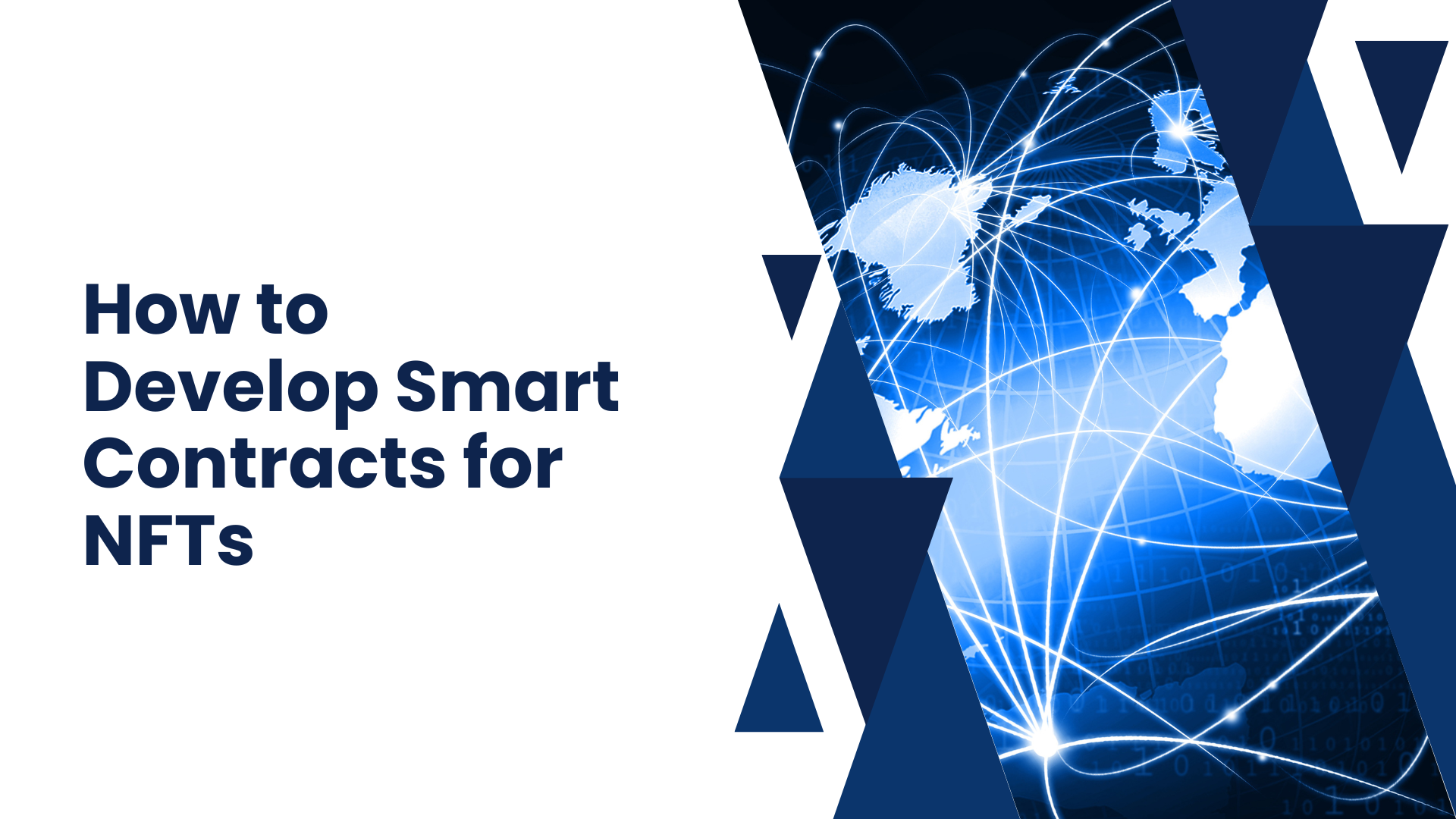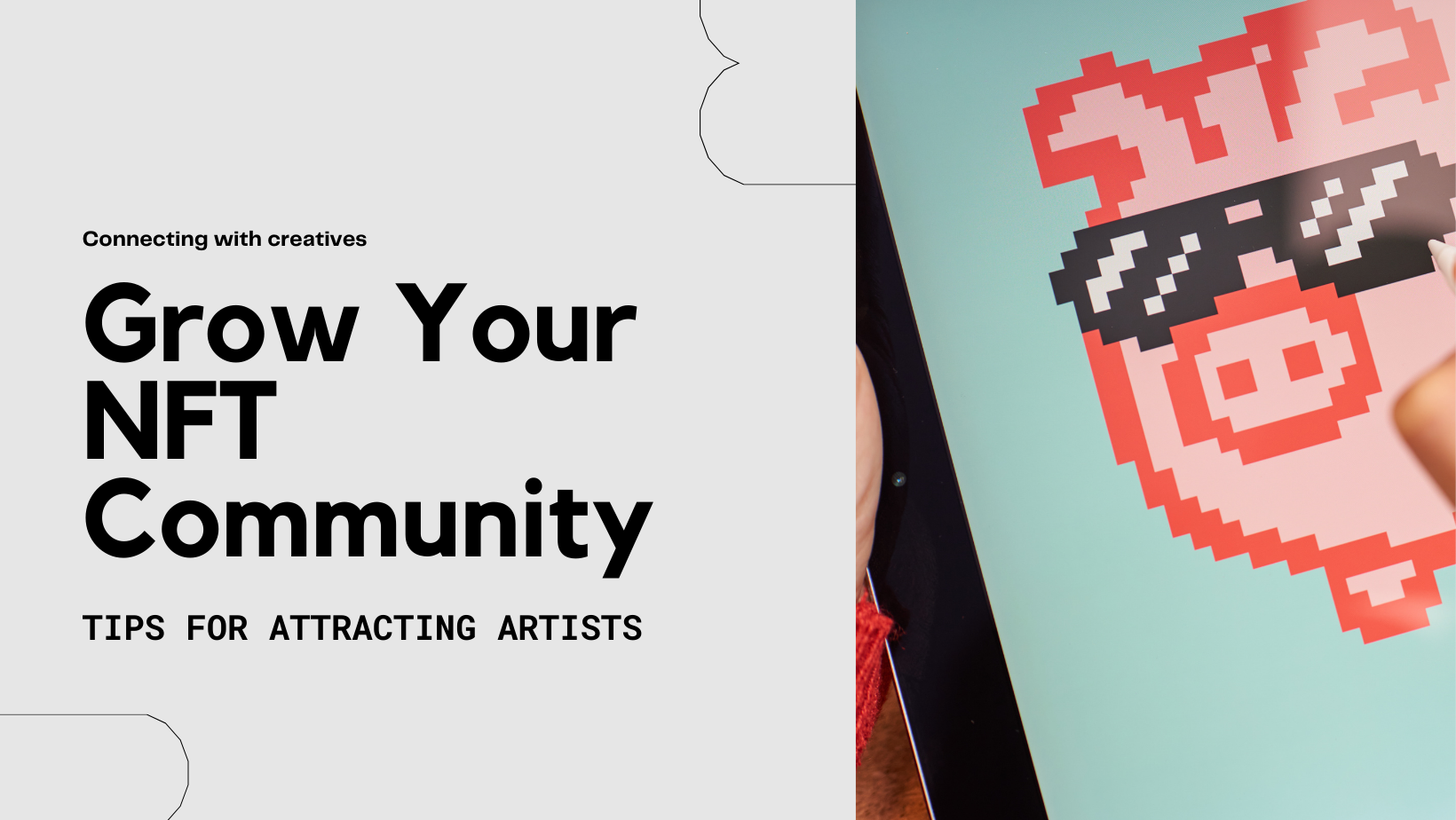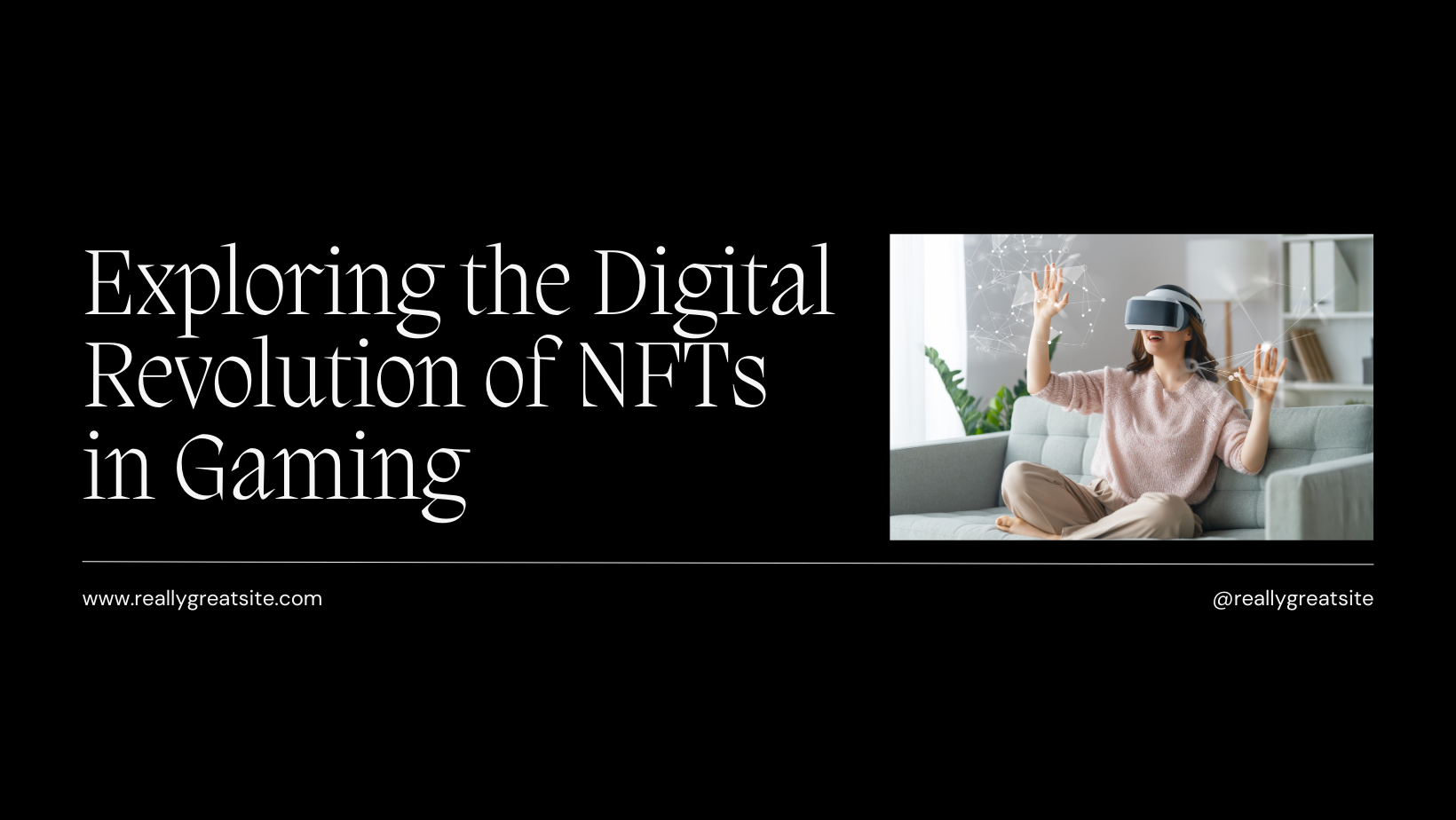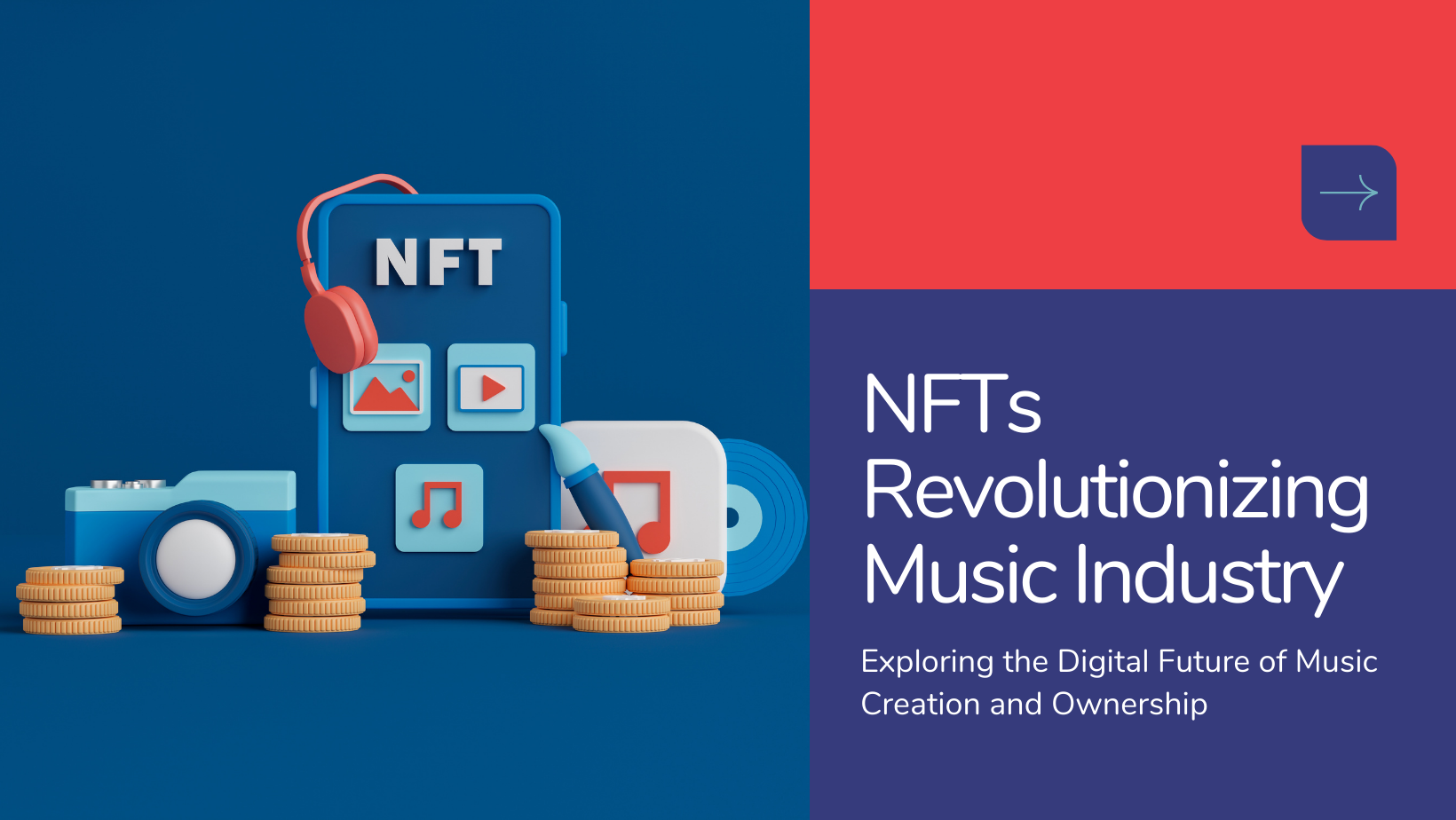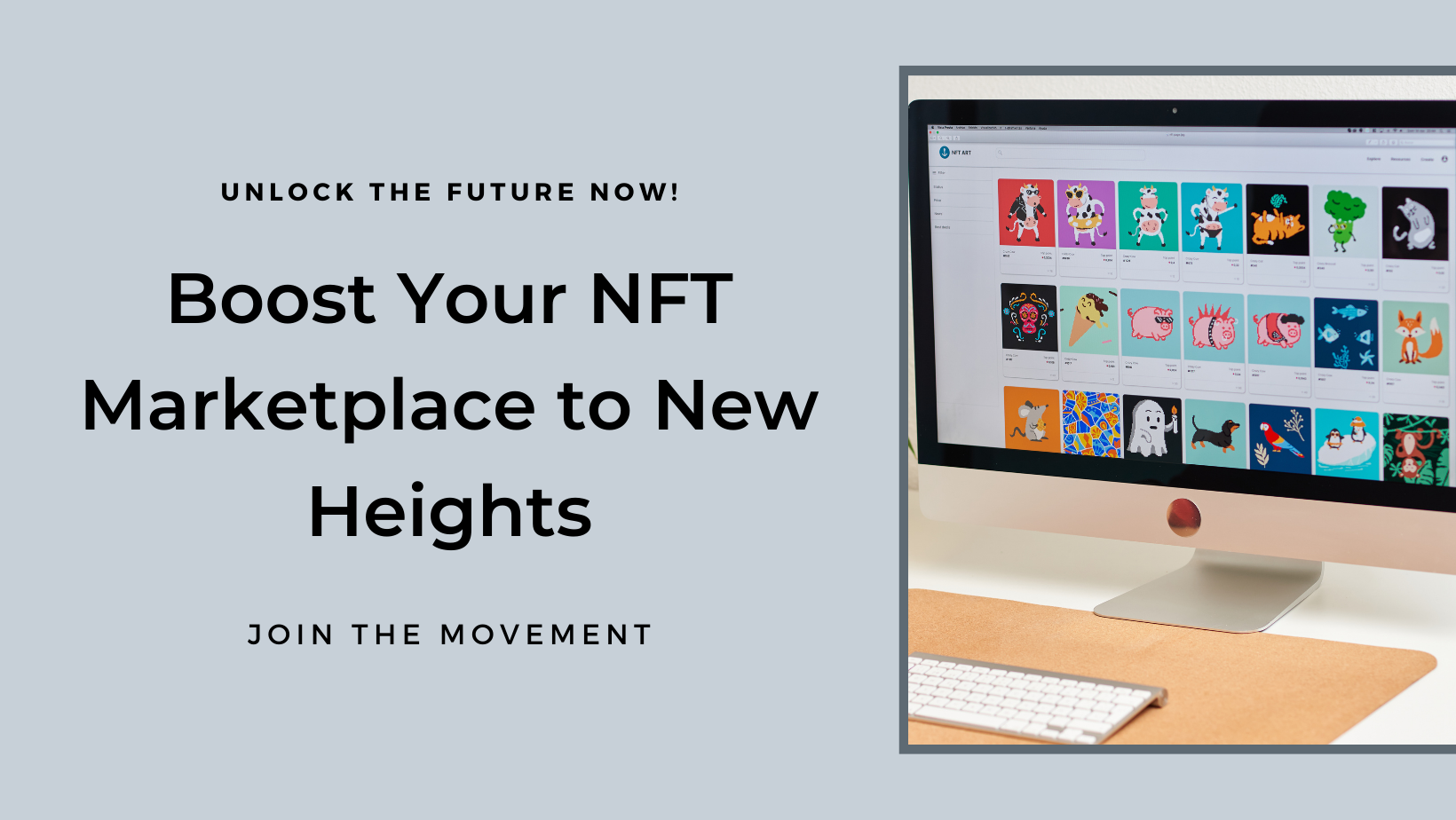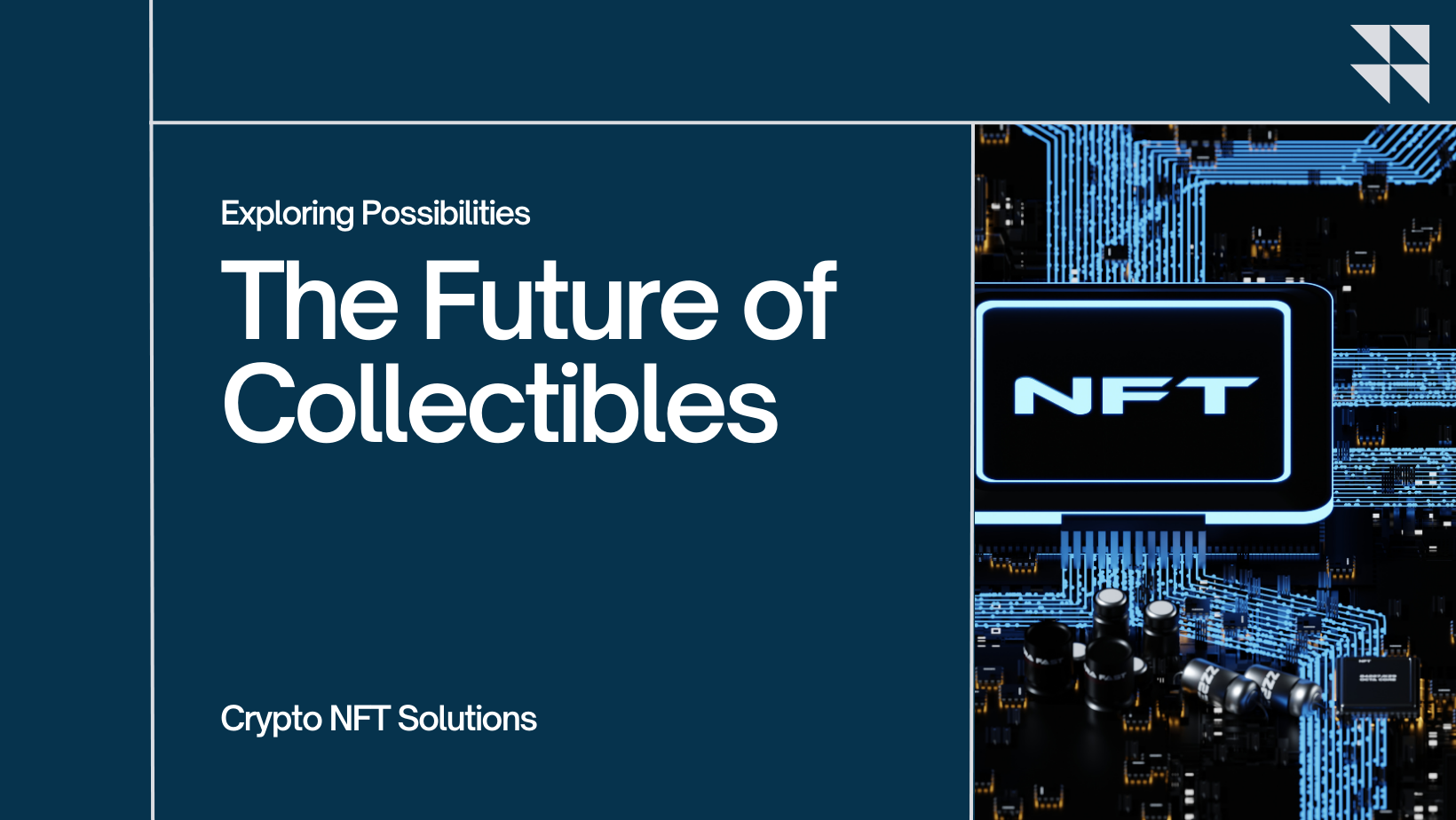In recent years, Non-Fungible Tokens (NFTs) have revolutionized the concept of digital collectibles, offering a new paradigm where ownership, authenticity, and scarcity are digitally verified and recorded on blockchain technology. This blog explores the growing role of NFTs in digital collectibles, their impact on the market, benefits for collectors and creators, challenges to consider, and the future trends in this dynamic space.
Understanding NFTs and Digital Collectibles
NFTs are unique digital assets stored on blockchain networks, such as Ethereum. Unlike cryptocurrencies like Bitcoin, each NFT is distinct and cannot be replicated or exchanged on a one-to-one basis. These tokens can represent various forms of digital content, including artwork, music, videos, virtual real estate, and more.
Digital collectibles, traditionally defined as items of personal interest or value collected by individuals, have found a new frontier in NFTs. These tokens provide verifiable ownership and authenticity, solving long-standing issues of provenance and fraud in the digital realm. For collectors, NFTs offer a way to own and trade digital assets securely and transparently, creating new opportunities in the digital economy.
Benefits of NFTs in Digital Collectibles
1. Authenticity and Ownership:
NFTs provide immutable proof of ownership and authenticity, leveraging blockchain technology to verify the origin and history of digital collectibles. This eliminates concerns about counterfeit items and enhances trust between collectors and creators.
2. Scarcity and Exclusivity:
NFTs can be programmed with smart contracts to enforce scarcity, ensuring that only a limited number of a particular digital collectible exists. This scarcity enhances the perceived value and desirability of NFT-based collectibles, similar to rare physical items in traditional collecting.
3. Global Accessibility and Market Reach:
Digital collectibles as NFTs can be bought, sold, and traded globally on decentralized marketplaces, transcending geographical boundaries and reaching a broader audience of collectors. This democratization of access opens up new markets and opportunities for creators and collectors alike.
4. New Revenue Streams for Creators:
Artists, musicians, designers, and other creators can monetize their digital content directly through NFTs, bypassing traditional intermediaries and retaining a larger share of the revenue. NFTs enable creators to earn royalties from secondary sales, ensuring ongoing revenue as digital collectibles change hands in the secondary market.
Challenges and Considerations
While NFTs offer compelling benefits, several challenges must be addressed for their sustainable growth in digital collectibles:
1. Market Volatility:
The value of NFTs can be highly volatile, influenced by market trends, celebrity endorsements, and speculative trading. Collectors and creators should be aware of market fluctuations and exercise caution when participating in NFT transactions.
2. Environmental Impact:
Some blockchain networks, particularly those using proof-of-work consensus mechanisms like Ethereum, consume significant energy resources. Efforts are underway to develop greener alternatives, such as proof-of-stake or eco-friendly blockchains, to mitigate environmental concerns associated with NFT transactions.
3. Legal and Regulatory Considerations:
The legal landscape surrounding NFTs is still evolving, with issues related to intellectual property rights, taxation, and consumer protection requiring clarification. Collectors and creators should seek legal guidance to navigate these complexities and ensure compliance with applicable laws.
The Future of NFTs in Digital Collectibles
1. Integration with Emerging Technologies:
NFTs are poised to integrate with emerging technologies such as augmented reality (AR), virtual reality (VR), and the metaverse. These advancements will enhance the immersive experience of digital collectibles, allowing collectors to interact with their NFTs in new and innovative ways.
2. Expansion into New Verticals:
Beyond art and entertainment, NFTs are expanding into new verticals such as fashion, sports memorabilia, and virtual goods within video games. These diverse applications demonstrate the versatility of NFTs in catering to different collector interests and market demands.
3. Community Engagement and Collaboration:
NFTs foster community engagement and collaboration among collectors, creators, and platforms. Collectors can participate in governance structures through decentralized autonomous organizations (DAOs), influencing the direction and development of digital collectible ecosystems.
Conclusion
The role of NFTs in digital collectibles represents a paradigm shift in how we perceive, own, and interact with digital assets. By leveraging blockchain technology, NFTs offer authenticity, scarcity, and global accessibility, transforming the traditional collectibles market into a digital-first economy. While challenges exist, the potential benefits for collectors and creators are substantial, paving the way for a vibrant future in digital collecting.
